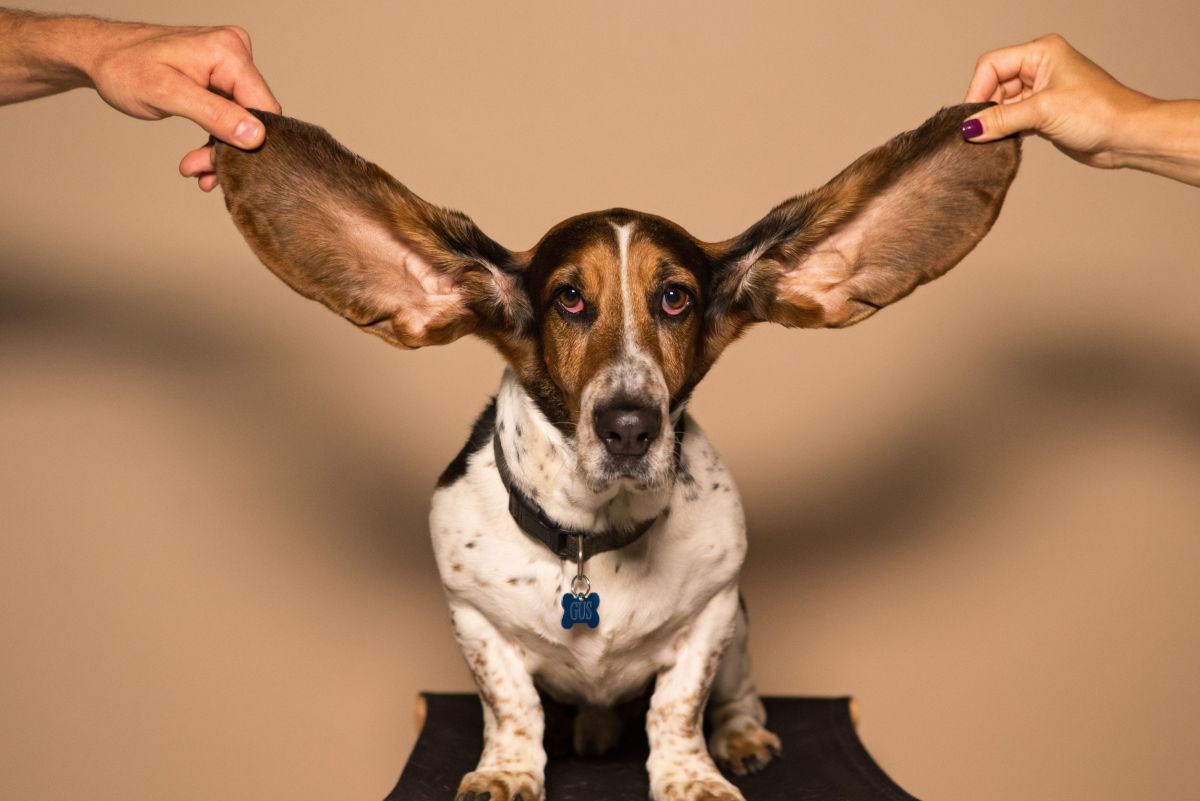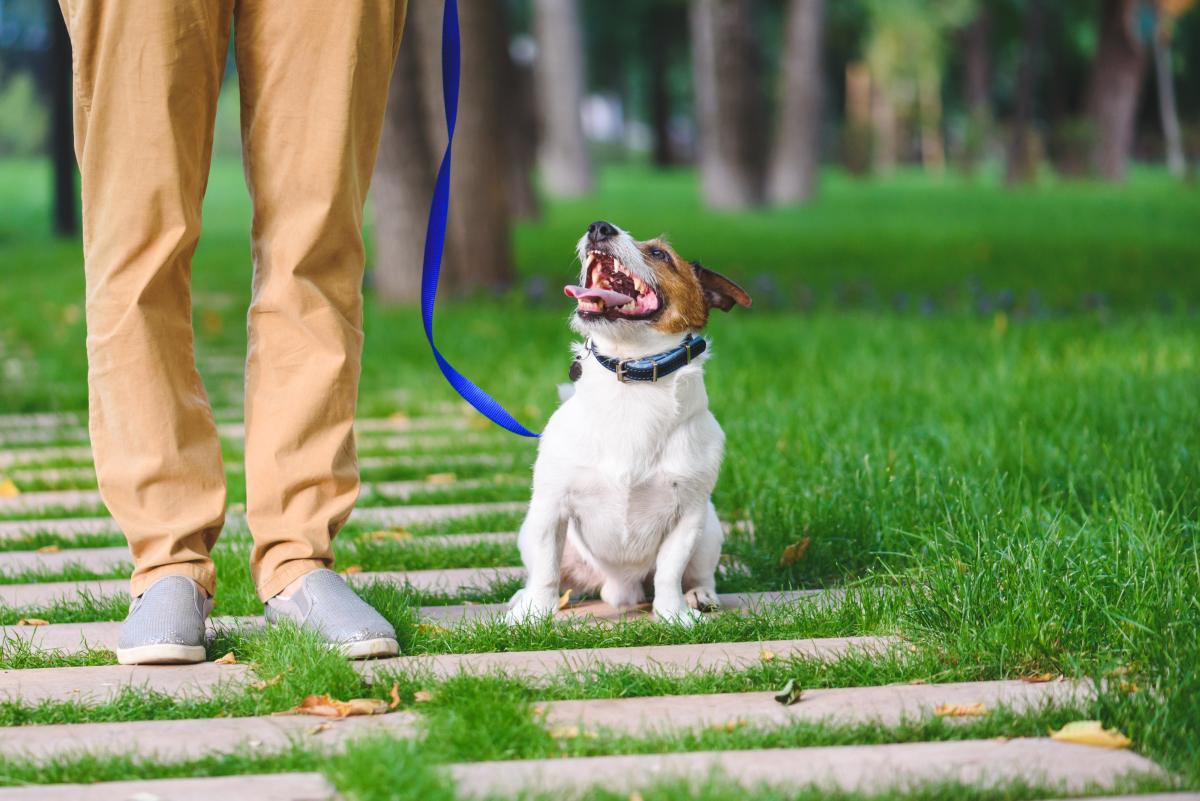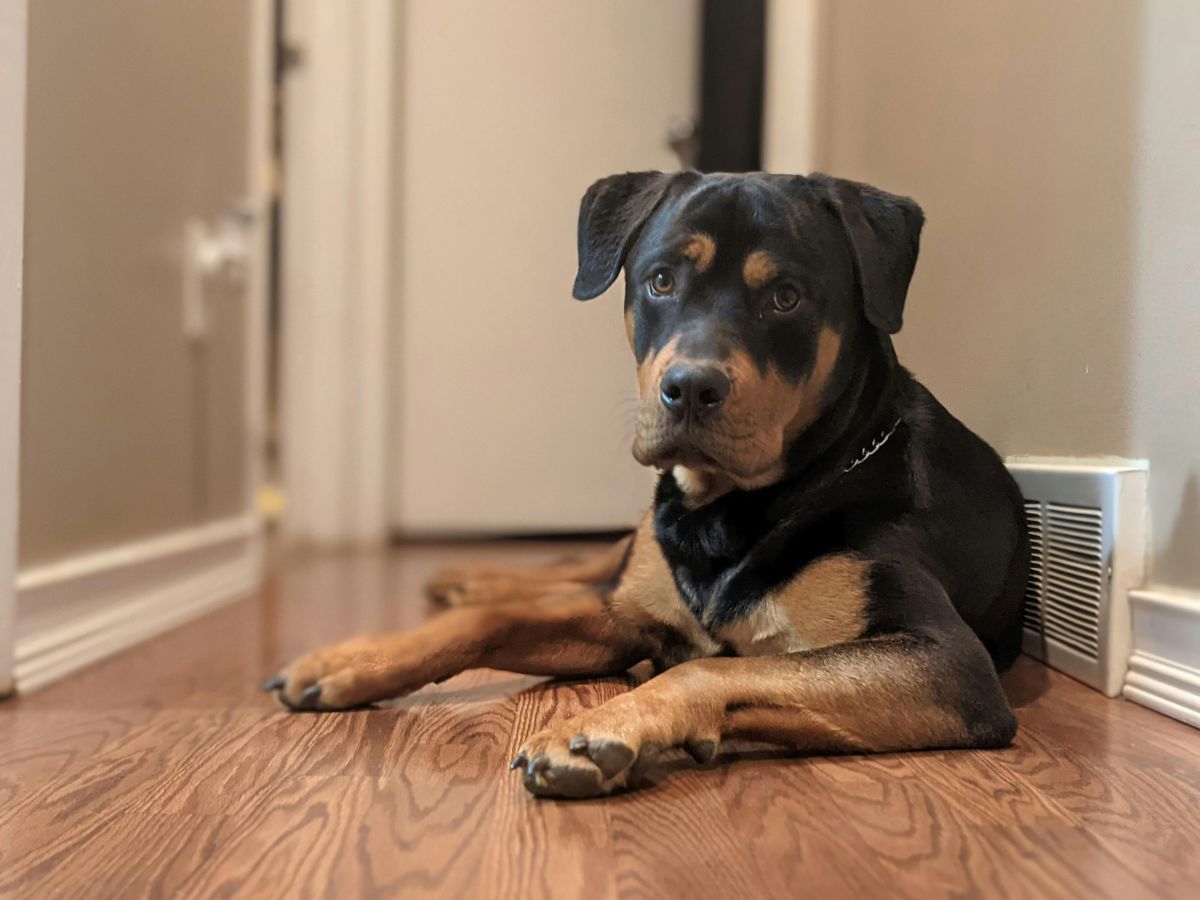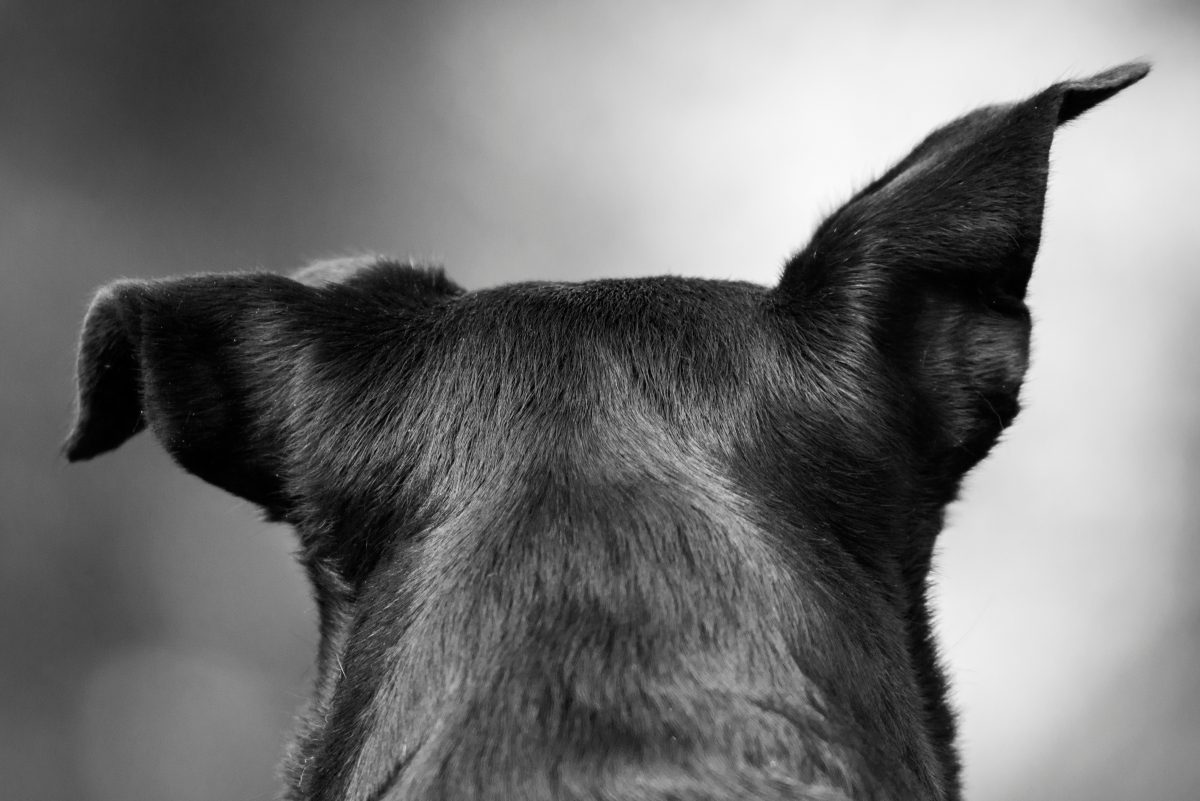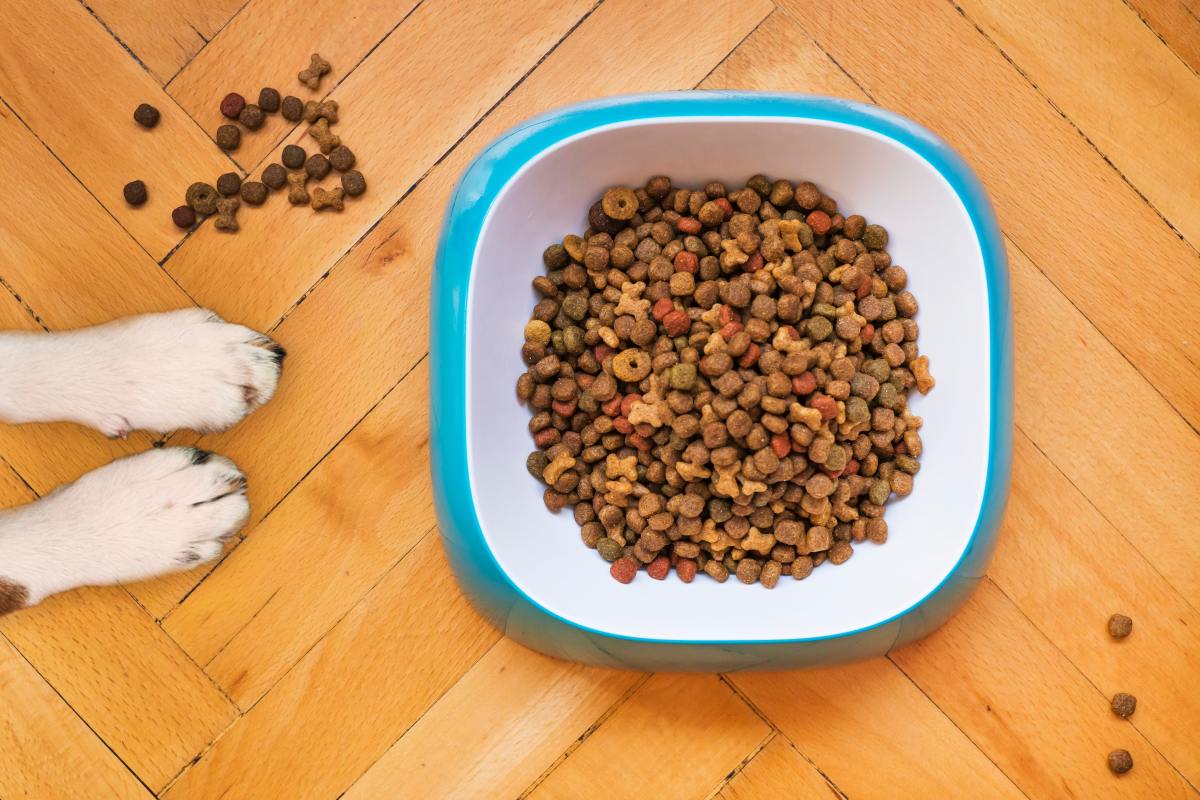Early Signs Your Dog Might Have Cancer
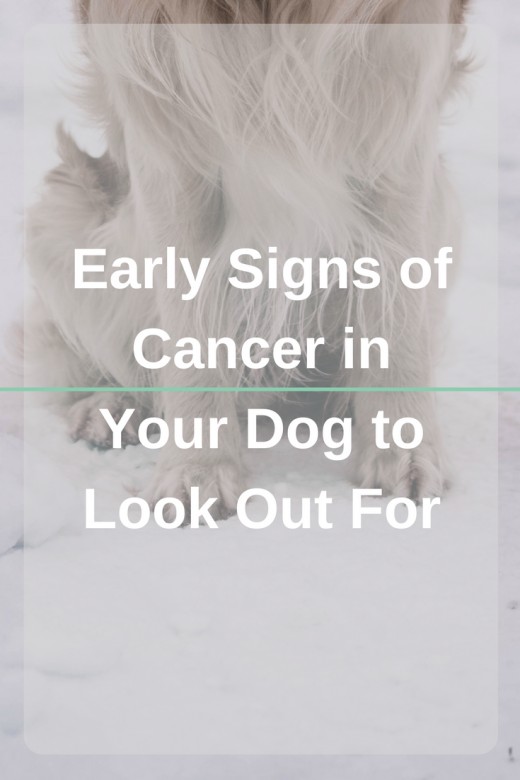
Three years ago, as I was preparing to have my second baby I noticed that our beloved family dog, a chunky blond golden retriever who was normally feisty as all heck and begging for scraps every time he saw us sit down for a meal was suddenly barely motivated enough to get off the couch to go outside. No amount of pickled bologna, sweet talkin' or promises of a walk could get him excited.
I'm sad to say this was our first inclination that there was something seriously wrong with our dog and four months later he lost his battle with cancer at eight-years old.
While I was so excited to rock my new baby, I was devastated by the loss of my dog, who'd been my first foray into dog-momming. He'd been there to cuddle through breakups, get me walking the trails behind our house when I was feeling lazy and had been the most loyal companion to our oldest kid despite the relentless tail-tugging.
It turns out that golden retrievers are especially susceptible to cancer, but after talking with the vet who saw our pup through his four-months of care we found out there are some early warning signs of cancer that you can look out for at any age and in any breed of dog and that being aware of these symptoms gives you a better chance of extending your dog's life. They are:
-
Significant weight loss or gain
-
Episodes of turning down food (this was the first clue for us)
-
Persistent Nausea
-
Frequent Diarrhea
-
A strange odor or recently occurring bad breath
-
Occasional lameness
-
Bumpy places on the skin (another sign that was brushed off by another vet earlier in the year)
-
Lack of interest in activities like play
-
Breathing issues
-
Sores that don't heal

Types of Canine Cancers
According to a Newsweek interview with Dr. Matthew Breen, a doctor who is studying cancer in animals in the hopes to find links and breakthroughs for human cancers, some breeds of dogs are more susceptible to certain cancers because they're purebred. Purebred dogs, like Golden Retriever's, don't get the chance to mix up their genes so they're more likely to end up with certain genetic issues like blood vessel disease and cancer of the lymphatic system - something I didn't know when I got my own golden all of those years ago.
Likewise, Shetland Sheepdogs have a significant incidence of bladder cancer, and Boston Terriers have a higher incidence of brain cancer than other breeds. Like humans, as dogs get older they're more likely to get cancer. Mixed breed dogs have a larger gene pool, and that reduces the risk of cancer. However, they can still develop cancer from environmental factors or through spontaneous mutations.
Research shows that cancer is the most common cause of death in dogs over 10 years old. However, half of all canine cancers are curable if caught early enough. There are always new treatments being discovered that can help prolong your dog's life or even cause cancer to go into remission.
Here are some of the most common cancers that occur in dogs, along with signs specific to them.
If your dog is exhibiting the following symptoms, it's time to call up your vet:
-
Malignant Lymphoma: swollen belly, breathing difficulty, abnormal thirst and urination
-
Breast Cancer: painful breasts, swelling, nipple discharge, lumps on the breasts
-
Skin Cancer: warts or other growths, loss of hair, inflammation, excessive itchiness
-
Tumors: bad breath, difficulty eating or swallowing, nosebleeds, vomiting, diarrhea
-
Bone Cancer: lameness, swelling, joint pain, lethargy
Other Signs to Watch Out For
Water intake: Keep tabs on how often you fill the water bowl and the frequency of your dog's urination, especially if there's a pet door and your dog can go outside in the backyard at will. Another sign that's easy to overlook is a change in your dog's gait. If your dog walks differently than usual or breaks into a run less frequently, there may be something bothering him in the groin or leg area.
Any kind of behavioral change: Which may also be a symptom that something's wrong. Has your dog stopped jumping up on your bed at night to sleep with you? Developed a new hostility toward others besides family members? You'll be able to tell if there's something 'off' about your pet's behavior, and a visit to the vet will rule out any physical cause, or else alert you to an emerging problem. If you suspect your dog isn't feeling well, check their gums. If they're very pale, it can be a sign of illness.
Changes in pooping habits: Look at your pet's stools so you know what a 'normal' one looks like. That way, if there's a color change, loose stool, or significantly less/more output than usual, you'll notice the difference. Also, if your pet is taking longer or having trouble urinating or defecating, it could be a symptom of illness.
How to Talk to Your Veterinarian if You Think Your Dog Has Cancer
If your dog seems to be showing warning signs for cancer, or if there's something else about your dog's health or behavior that's concerning you make sure to write down your concerns and any questions you have before calling your vet to make an appointment. Taking your pet in for a medical concern can be so overwhelming and this way, you won't end up leaving before making sure you're clear on everything you want to go over.

Diagnosing Cancer in Your Dog
If your veterinarian suspects that your dog could have cancer, the first step for the diagnosis of cancer will be a routine blood panel test. This will check for electrolyte levels, the condition of red and white blood cells and organ function. If the test results are normal, that's a good sign, but it doesn't rule out cancer. The next step is to perform a screening test to look for other clues. For example, a pet who drinks water all the time might have a thyroid problem or diabetes, rather than cancer.
If your dog has a suspicious lump, your veterinarian may remove a few cells to test for cancer, perform a biopsy of a larger sample, or remove the lump completely. Your dog will be put under anesthesia for a biopsy or removal. If there's no physical evidence of a problem, your vet may also suggest an ultrasound or MRI to find out if there's an unseen issue.
Newly developed blood tests are more sensitive to markers in the bloodstream that can indicate cancer. And recently discovered medicines, combined with chemotherapy, have shown positive results in test studies. Research is also underway that targets dog breeds with a high incidence of certain cancers. Remember, even if your dog is diagnosed with cancer, half of all dogs with early detection end up being cured, and that number is rising.
Sources Used
© 2018 Kate Stroud


